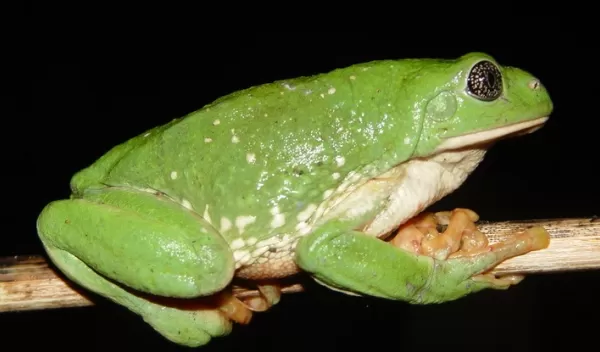
When it comes to climate, plants and animals aren't so different
Despite fundamental differences in their biology, plants and animals are surprisingly similar in how they have evolved in response to climate, according to a new National Science Foundation-funded study published this week in Nature Ecology and Evolution.
"When it gets sunny and hot where animals are at a given moment, most can simply move to find some shade and cool down," said lead study author John Wiens, an ecologist and evolutionary biologist at the University of Arizona. "Plants, on the other hand, have to stay where they are and tolerate these higher temperatures."
Wiens and his team analyzed climate data from 952 plant species and 1,135 animal species. They included many major groups of flowering plants, from oaks to orchids to grasses, and all major groups of terrestrial vertebrates including frogs, salamanders, lizards, snakes, turtles, crocodilians, birds and mammals.
The researchers used climate data and detailed evolutionary trees to test hypotheses about the temperature and precipitation conditions where each species occurs, and how these change over time among species. This set of conditions is also known as the "climatic niche" of the species.
That niche reflects where a species can live, Wiens explained -- for example, in the tropics versus the temperate zone, or at sea level versus the top of a mountain -- and how it will respond to climate change. For all hypotheses the authors tested, they found that plants and animals showed similar patterns of niche evolution.
However, species are adapted to a narrower range of temperatures in the tropics, the researchers found, which helps explain why a higher frequency of extinctions is predicted there than in the temperate zone.
The co-authors also found that in both plants and animals, species seem to have more difficulty adapting rapidly to hotter temperatures and drier conditions than to cooler and wetter conditions.
"This study adds to a growing body of evidence that all sorts of organisms in the tropics are operating near the upper temperature limit of their physiological functions," says Christopher Schneider, a program director in NSF's Division of Environmental Biology. "A small increase in temperature in the tropics can have large effects on a species' ability to persist in the face of climate change."


